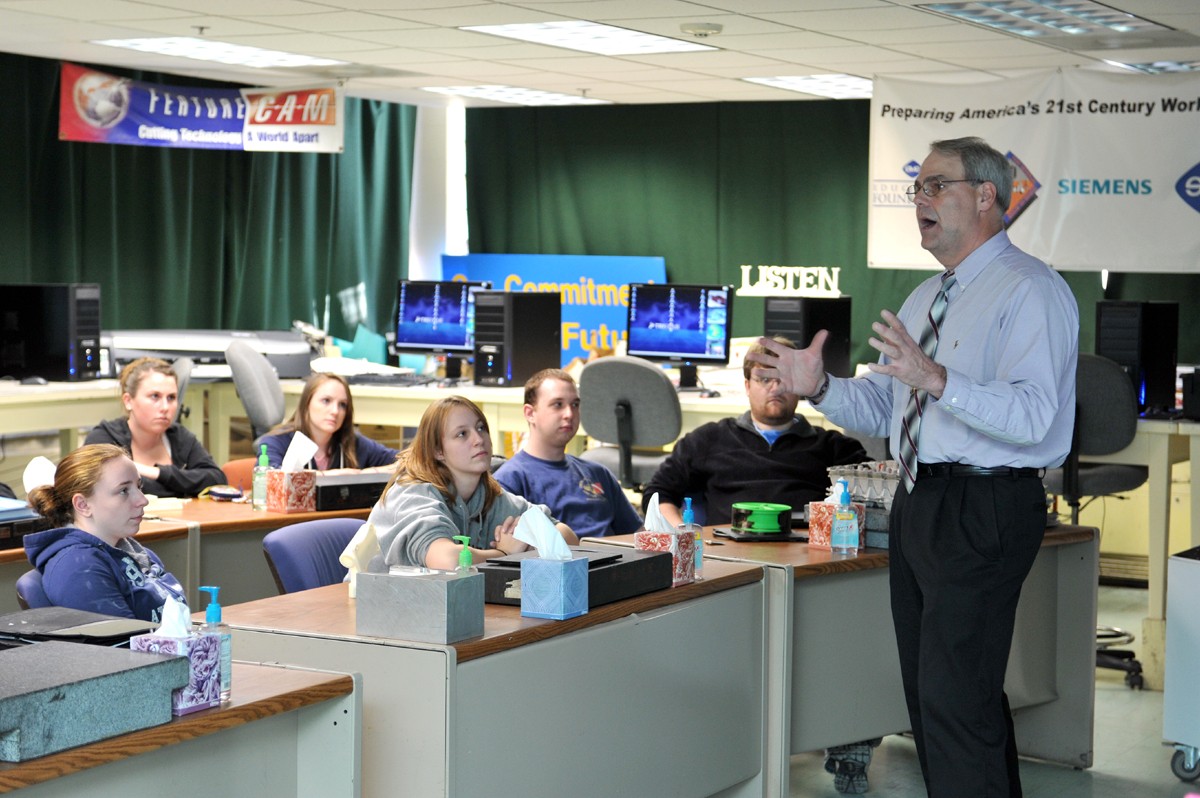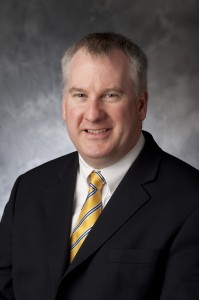WESTFIELD — A study has found that many vocational and technical high schools in Massachusetts have long waiting lists for students seeking admission at a time when well-paying jobs are going unfilled for lack of skilled labor.
The Northeastern University School of Law study found that at least 3,500 students were unable to get into public vocational schools in the past two years.
The Boston Globe reports that the longest waiting lists are in communities with high unemployment and large minority populations. Greater New Bedford Regional Vocational Technical turned away more than 500 students. Putnam Vocational and Technical Academy in Springfield had a waiting list of more than 300.
Almost half the state’s 66 vocational and technical high schools in Massachusetts responded. Of those, 21 had waiting lists and 10 did not.
Stefan Czaporowski, principal at the Westfield Vocational-Technical High School, said that his school currently has a much smaller waiting list.
“We have about a list of about 40,” he said. “We have less of a waiting list than others because, while we’re open to other districts, we’re a city vocational school as opposed to a regional school.”
“A city vocational school takes kids from the city and then outside, so we have a waiting list even without considering kids we take from out of district,” Czaporowski added. “Regional schools typically have larger (waiting) lists because they serve multiple towns exclusively.”
Regarding why economically devastated areas such as New Bedford and Springfield are turning away students in droves, Czaporowski said that state regulations play a big role.
“The state’s Chapter 74 regulations limit the amount of students per instructor and they also look at square footage, how big your space is to have a certain shop or program,” he said. “Voc-Tech schools are bursting at the seams, if you will. We’ve taken as many kids as we possibly can based on Chapter 74/DESE (Department of Elementary and Secondary Education) requirements.”
“It’s not that we’re turning away kids because we don’t want them – we do. We wish we could educate everyone, but we only have a certain amount of space,” Czaporowski added, explaining that the student-to-teacher ratio at WVTHS is typically 16-to-1, but that that ratio depends on the shop.
Westfield Mayor and School Committee Chair Daniel M. Knapik said that increasing offerings at WVTHS will be key to decreasing waiting lists and getting as many students as possible into the institution.
“We’re looking at our offerings and changing them around for today’s economy,” said Knapik. “One of the things the superintendent (Dr. Suzanne Scallion) has proposed is a plan to bring in cosmetology into the school, the A&P (airframe and powerplant) program, as well as game and application design.”
Knapik also said that extra money has been appropriated to add another precision machining instructor and that there is one question that is constantly on the minds of school committee members.
“Are we offering relevant programs where the jobs of the future are going to be?” he said. “What we’ve demonstrated is that it is competitive to get into this school and it’s come a long way in the last two generations.”
Czaporowski added that the Commonwealth’s emphasis on improving and filling it’s vocational-technical schools is a recent phenomenon.
“When I was growing up in Holyoke, you just didn’t go to Dean (Technical High School). They (vocational-technical schools) were viewed as a dumping ground,” he said. “But as voc-tech schools are becoming more career and college ready, people are seeing them as a more viable option, especially with the amount of college loans people are taking on.”
In terms of how the state can adapt to the demand for more voc-tech schooling, Czaporowski and Knapik believe the solution is to continue aiding and improving it’s current and future schools.
“I don’t think increasing class size is the answer. One of the big things is safety – if you’re in carpentry, you have to have eyes on all kids at all times,” said Czaporowski. “If this is the trend, there is going to have to be an expansion of voc-tech schools – larger facilities that accomodate more kids.”
“Part of the challenge for schools that are sustained by a municipality like in our case is that the cost of a vocational-technical education is substantially more expensive than at an academic school,” said Knapik. “The state really needs to not just invest a sum of money in a year-to-year basis, but also assist more robustly on upgrading the technology.”
“If you’ve got aging out equipment and machinery, there should be a fast-track operation like we have with repairing school buildings, to be able to file an application and get it done,” he added. “Municipalities are kind of out on their own in terms of financing these things and when times got tough in Westfield, the Voke kind of took it on the chin.”
Knapik said that the City Council’s authorizing a sum of money to be appropriated every year to WVTHS proves the city’s continued commitment to improving the school and it’s offerings.
“We’re up to about $300,000-400,000 in the last few years to advance safety and technology in that building,” he said. “But we can only do so much as a city.”




